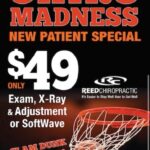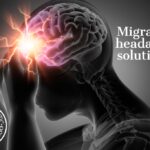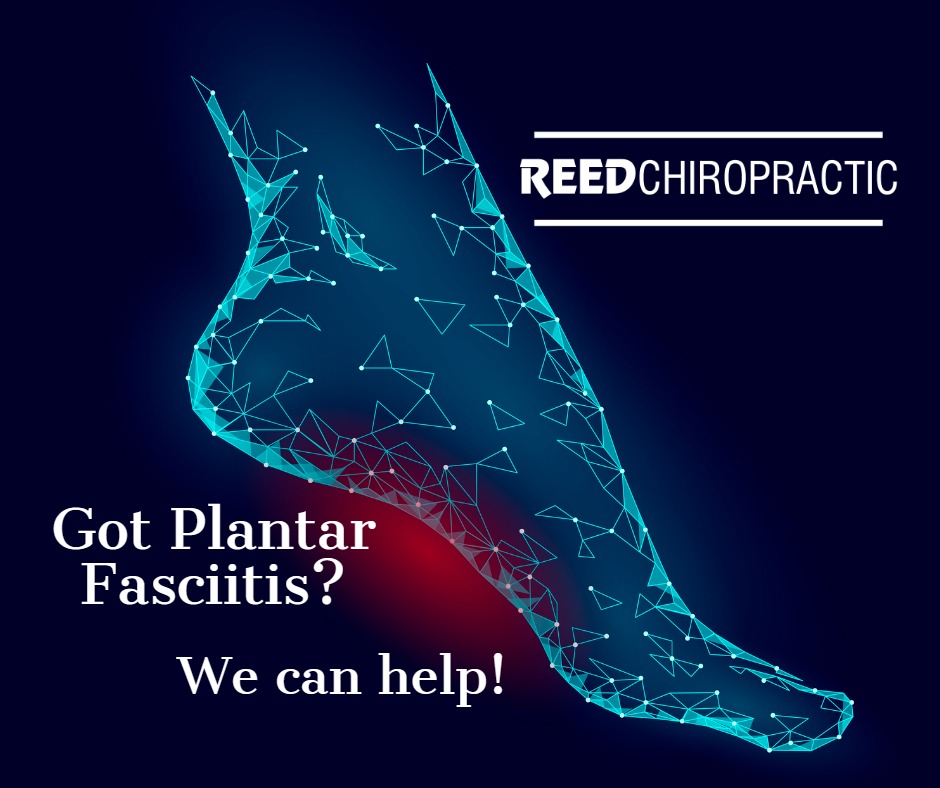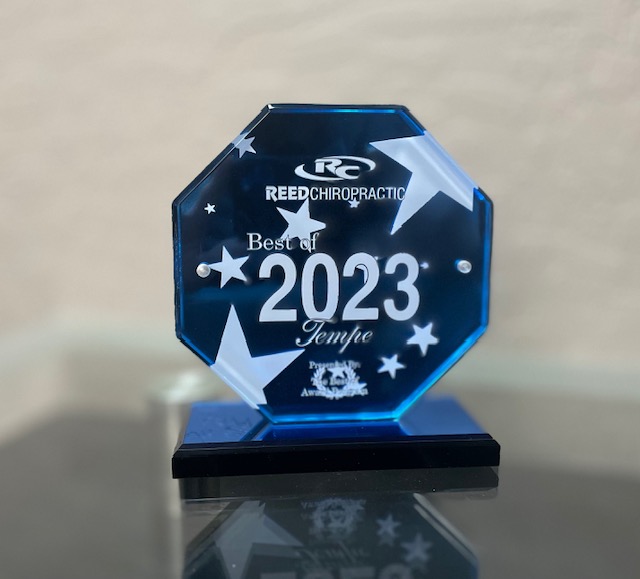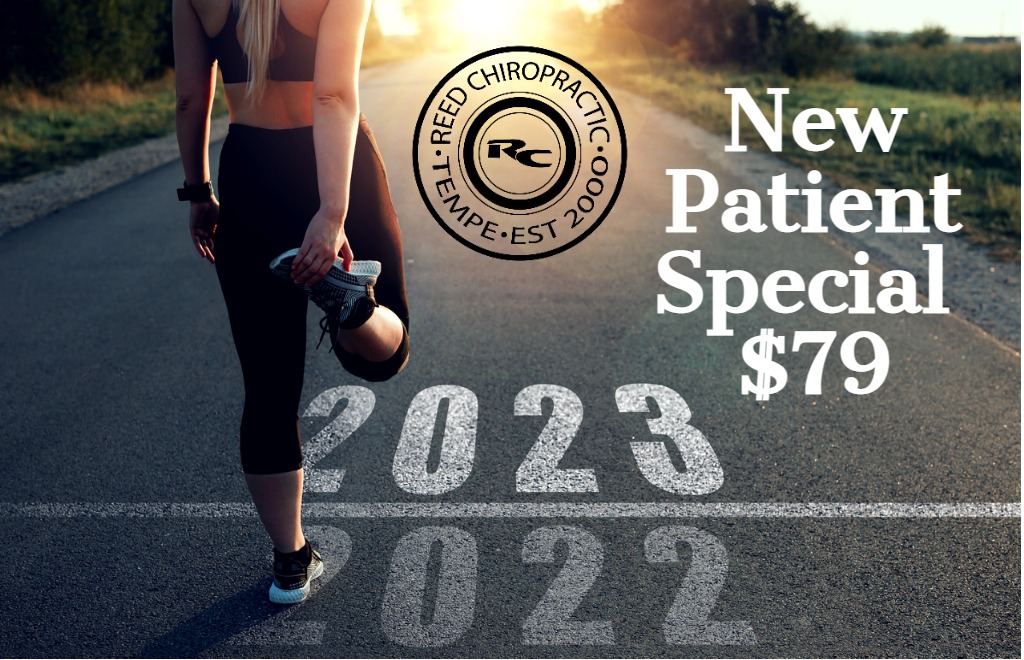back pain in your Head?
Back pain has become part of our society and life. It is a huge reason for people missing work and for people to search for opioid drugs, which actually cause more deaths than auto accidents; so back pain is becoming an enormous problem. While most back pain will self-resolve if you are willing to wait a month or so, it is also important to know that some conditions require a doctor’s attention such as: kidney stones, arthritis, appendicitis, aneurysms and the bone thinning condition called osteoporosis. Most people do not want to hear back pain is in your head, however, some recent research may support this claim.
Dr. John Sarno, a famous back pain doctor, used a technique similar to Emotional Freedom Techniques. Sarno says that one can unconsciously cause pain due to emotional responses such as anger, fear, frustration and rage. He explains it as your brain suppressing these emotions and your body directing the emotions elsewhere eg: neck, back, shoulders. Sarno states that back pain is in your head because it is actually a distraction from what is truly bothering us and that the pain is what keeps us from an emotional explosion. Sarno believed that people can overcome their pain by confronting their conflicting emotions. Sarno’s work lived on after he died and is present in many research studies. Recent studies show that pain from conditions such as fibromyalgia had significant results using emotion awareness and expression therapy in reducing pain.
Dr. Mel Pohl reminds us that even though pain is created in our brain—it is real; stating, “all pain I regulated by the brain—whether there is an actual nail in your thumb or an old injury that should have healed by now but inexplicably keep hurting—both cases it is nerve fibers that are sending messages to your brain that cause you to feel the pain.” Pain does not necessarily have to carry an emotional component; however, the longer the pain is present, the more probability for it to create an emotional component which can excite neurotransmitters to decrease your pain threshold.
Movement is essential to gain freedom from pain; in fact, sitting actually may cause pain to worsen! When we sit (especially for long periods of time), muscles such as iliacus, psoas and quadrates lumborum start to adaptively shorten; so, when we attempt to stand, these muscles stretch and cause pain. This pain is not necessarily telling us that there is a dramatic problem; however, it does let our bodies know there is something wrong. Carefully walking, bracing with one leg, or not moving is not the answer—though it may seem like it; in fact, it’s actually quite the opposite!
Experts now state that it is better to continue to move. Recent research shows that exercise is the best way to avoid a flare-up of pain and even prevent pain. In the article, “Noninvasive treatments for acute, sub acute and chronic low back pain: A clinical practice guideline from the American College of Physicians,” it states three new recommendations,
1. “clinicians and patients should select no pharmacologic treatment with superficial heat, massage, acupuncture, or spinal manipulation” and is a “strong recommendation.”
2. “For patients with chronic low back pain, clinicians and patients should initially select non pharmacologic treatment with exercise, multidisciplinary rehabilitation, acupuncture, mindfulness-based stress reduction, tai chi, yoga, motor control exercise, progressive relaxation, electromyography biofeedback, low-level laser therapy, operant therapy, cognitive behavioral therapy, or spinal manipulation”
3. “In patients with chronic low back pain who have had an inadequate response to non pharmacologic therapy, clinicians and patients should consider pharmacologic treatment with non steroidal anti-inflammatory drugs as first-line therapy, or Tramadol or Duloxetine as second-line therapy. Clinicians should only consider Opioids as an option in patients who have failed the aforementioned treatments and only if the potential benefits outweigh the risks for individual patients and after a discussion of known risks and realistic benefits with patients.” All in all, emotions play a significant part in pain and it is saddening that we disregard simple strategies that can help us. Here at Reed Chiropractic, we like to use simple ways in order for your own body to heal itself. Many studies have repeatedly shown chiropractic to not only be a safer option but also less expensive
Call or fill out our Contact Us form at Reed Chiropractic today for a free consultation and evaluation.

